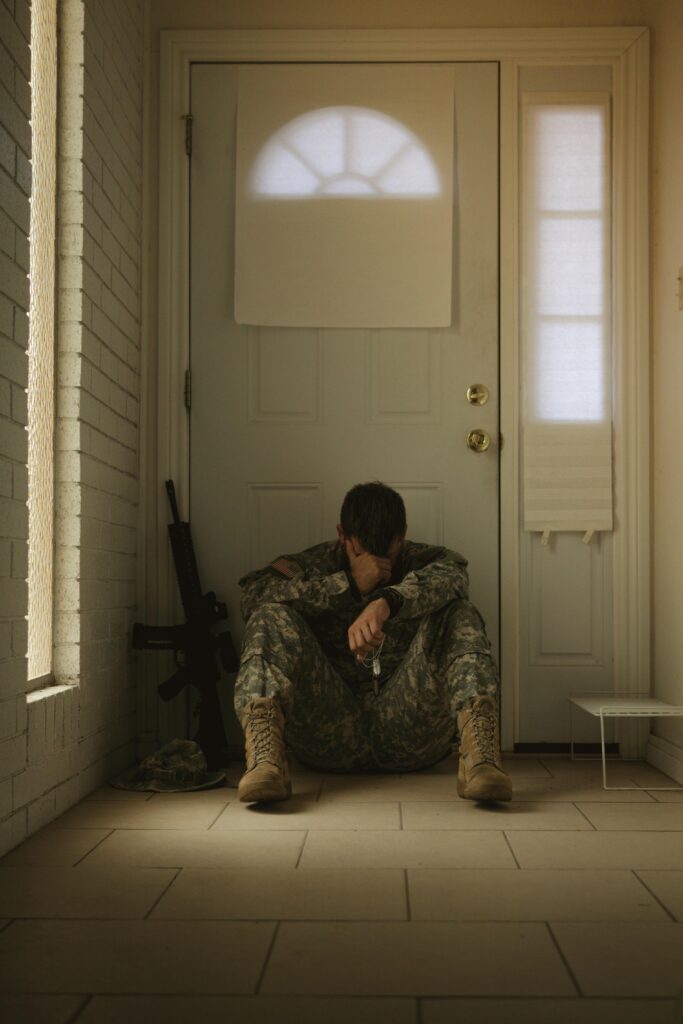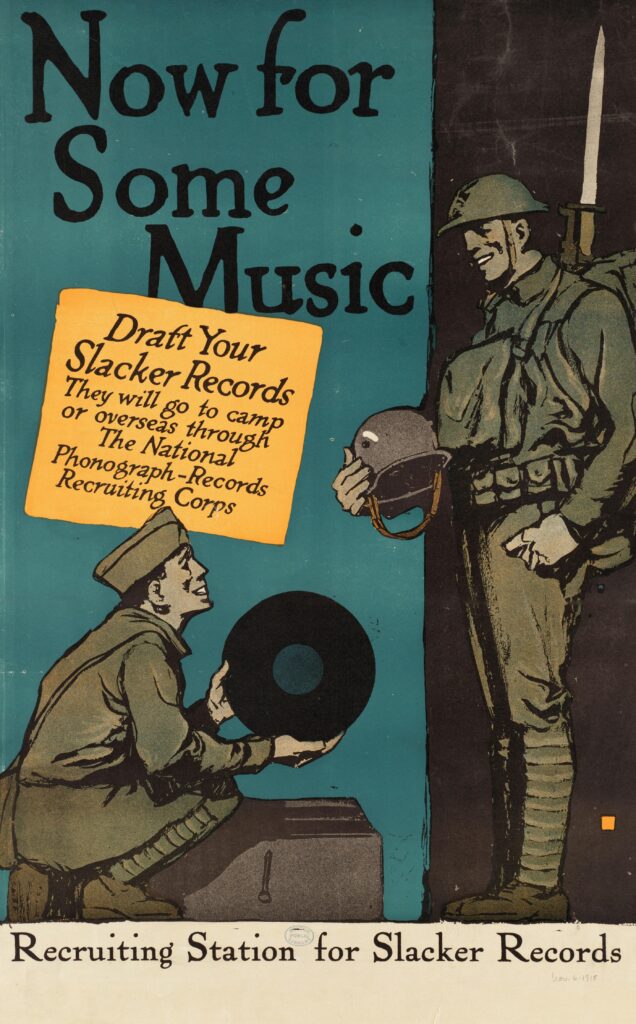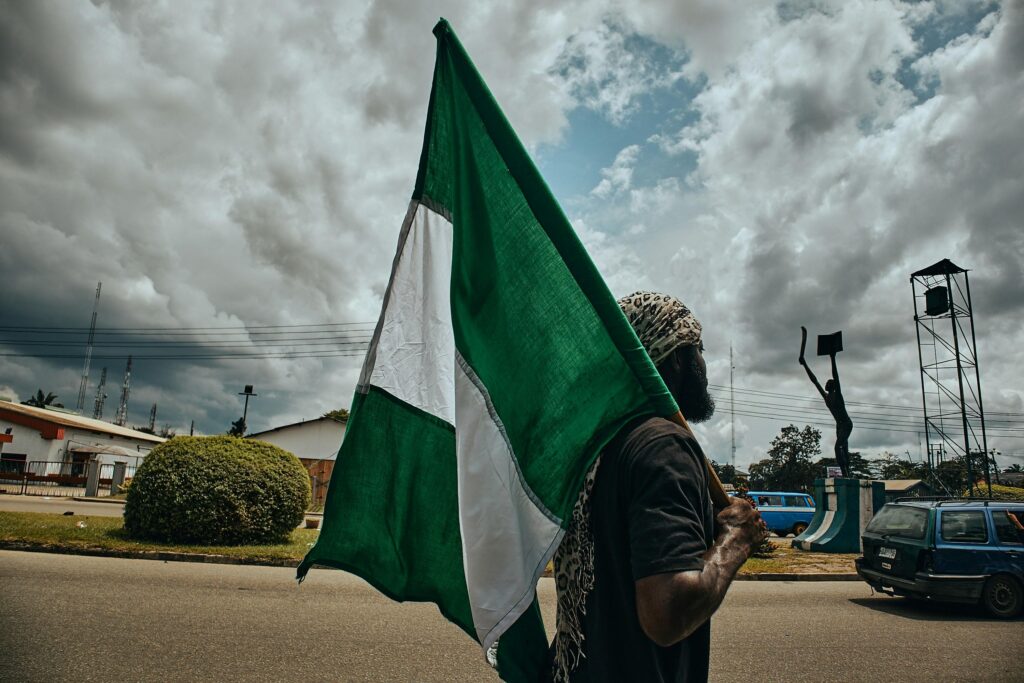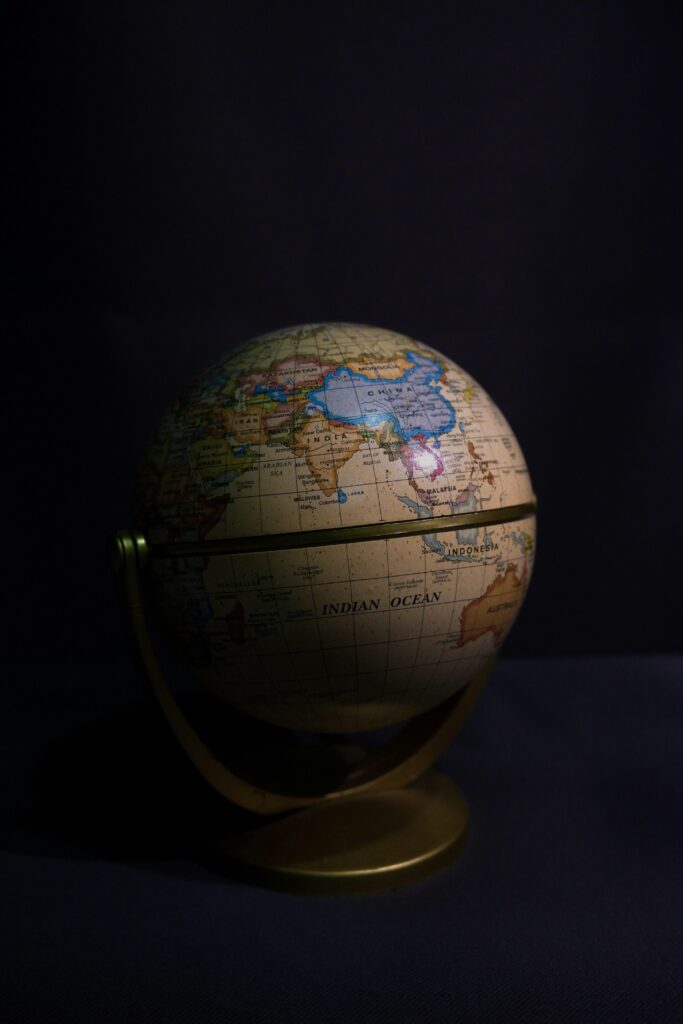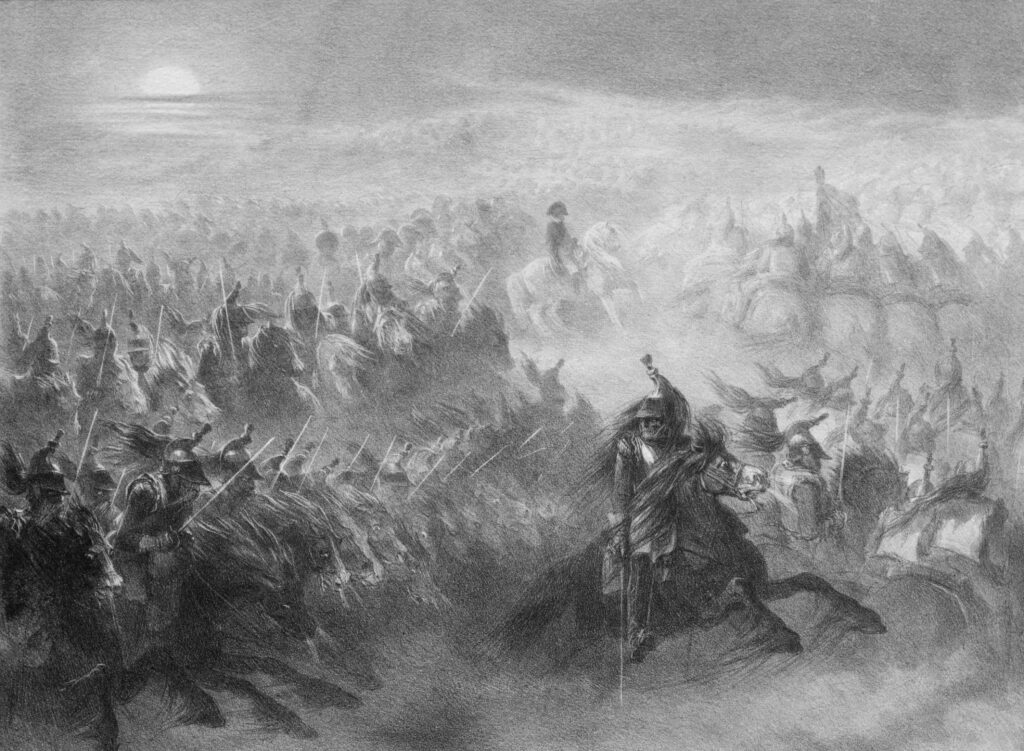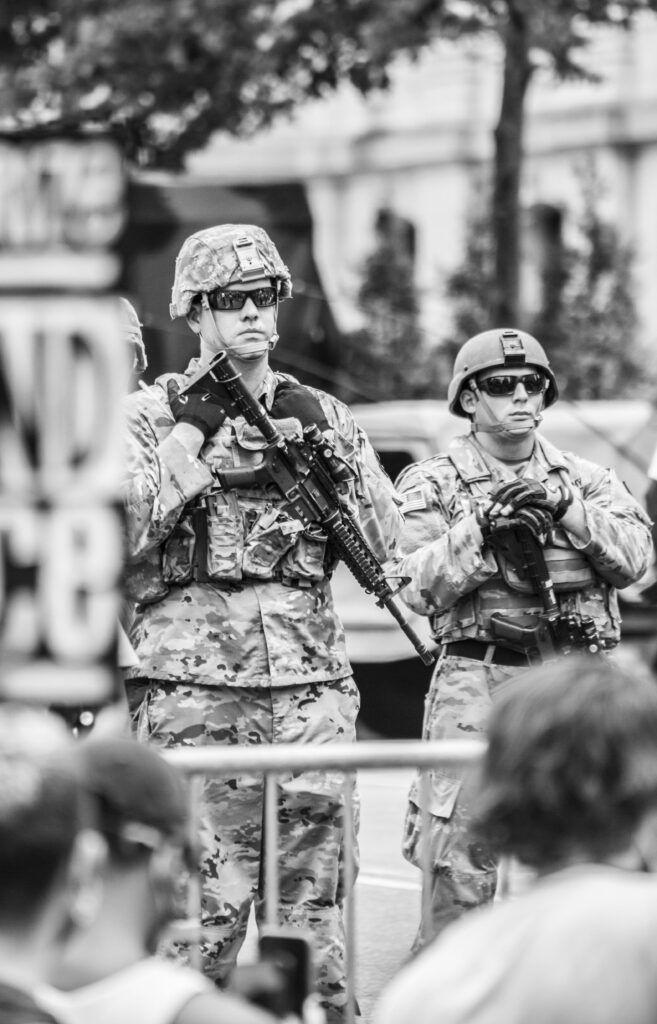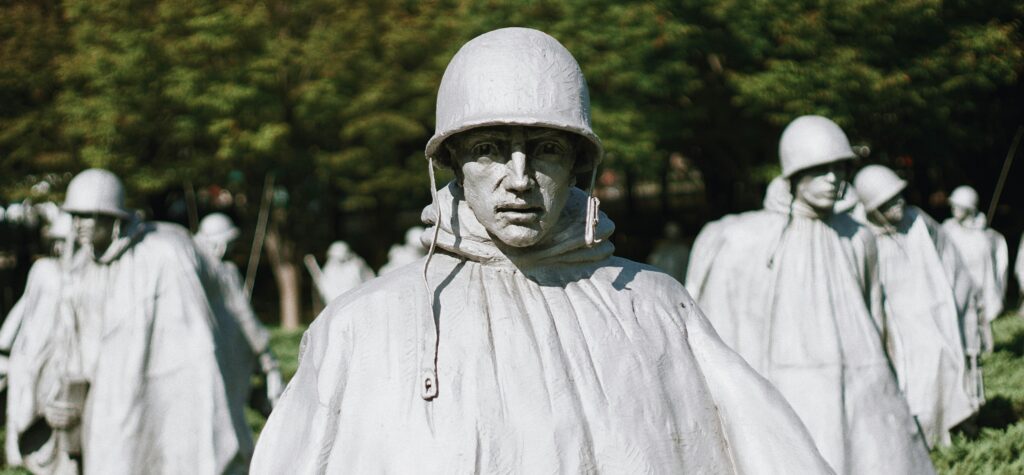The Vietnam War remains one of the most complex and contentious chapters of the 20th century, a conflict that not only reshaped Southeast Asia but also deeply influenced political discourse and social movements around the globe. Spanning over two decades, the war was more than a battlefield clash; it was a crucible of ideological struggle, protest, and profound national reflection. In this article, we will explore the multifaceted facets of the Vietnam War—examining the political maneuvers that fueled the conflict, the passionate protests that echoed back home, and the harrowing experiences of those on the frontlines. Join us as we delve into the tangled history of a war whose legacy continues to resonate today.
Table of Contents
- The Political Landscape Behind the Vietnam Conflict
- Voices of Dissent The Rise of Antiwar Protests
- Life on the Frontlines Stories of Soldiers and Civilians
- Lessons Learned Recommendations for Future Peacebuilding
- Wrapping Up
The Political Landscape Behind the Vietnam Conflict
The Vietnam conflict was not merely a battlefield confrontation; it was a dramatic stage for global ideological struggles during the Cold War era. At its core, the war symbolized the fierce contest between communism and democracy, with the United States striving to contain the spread of communism under the Domino Theory. This political mindset drove substantial American involvement, supported by alliances formed through organizations like SEATO. Meanwhile, the North Vietnamese, backed by the Soviet Union and China, saw their fight as a nationalist endeavor to unify their country and rid it of foreign influence.
Domestically, the political climate in the U.S. grew increasingly volatile as the war dragged on. The conflict prompted widespread debate and mobilization, with anti-war movements gaining momentum among students, intellectuals, and veterans alike. The lines between political loyalty and moral questioning blurred as citizens challenged governmental policies in unprecedented ways. Key components of this upheaval included:
- Mass protests and demonstrations at universities and public squares
- Congressional battles over war funding and executive power
- Media scrutiny that brought the brutal realities of war into living rooms
- The rise of influential voices advocating for peace and civil rights
This complex interplay of global strategy and homefront activism forever reshaped American politics and public consciousness.
Voices of Dissent The Rise of Antiwar Protests
As the Vietnam War dragged on, a powerful chorus of opposition began to swell across the United States and beyond, challenging the government’s rationale and methods. College campuses became fertile grounds for dissent, with students organizing teach-ins, marches, and sit-ins. Veterans returned home, their voices adding an authentic and harrowing perspective to the opposition. Fueled by graphic media coverage and growing skepticism about the war’s purpose, the antiwar movement tapped into a broader desire for peace and justice. Musicians, poets, and civil rights leaders lent their influential platforms, creating an unmistakable cultural wave that questioned not only the war but the fabric of American policy itself.
The protests took on many vibrant and diverse forms, including:
- Mass demonstrations: Iconic rallies in Washington D.C. and dozens of cities, drawing tens of thousands.
- Draft resistance: Public refusals to be conscripted, challenging the very machinery of war.
- Symbolic acts: Burning draft cards, wearing peace symbols, and sit-ins at government buildings.
These acts of defiance not only highlighted the growing divide within American society but also underscored the power of collective action. They transformed the war from a distant conflict into a deeply personal and urgent national debate, influencing political decisions and paving the way for eventual withdrawal. The voices of dissent, once peripheral, now echoed as a central force in the story of the Vietnam War era.
Life on the Frontlines Stories of Soldiers and Civilians
Amidst the dense jungles and rugged terrain of Vietnam, soldiers faced not only the enemy but also the harsh realities of a war defined by uncertainty and complex politics. Each day brought challenges from guerrilla tactics to unpredictable weather, with troops often isolated from traditional military support. The stories shared by veterans reveal moments of camaraderie forged in the crucible of conflict, where the bonds between soldiers transcended the chaos around them. Meanwhile, local civilians endured the devastation of their homeland, navigating displacement, scarcity, and the ever-present fear of bombardment, which created lasting scars on families and communities alike.
Beyond the battlefield, the war ignited waves of protest and political debate that rippled across continents. From packed university campuses to quiet villages, voices opposing the conflict soared, fueled by vivid images and personal accounts of those on the frontlines. These movements underscored the profound disconnect between the government’s ambitions and the lived realities of soldiers and civilians. Remembering their stories not only honors individual bravery but also highlights the intersection of personal sacrifice with the broader currents of history, reminding us that the human spirit is resilient even in the darkest of times.
- Unseen challenges faced by infantry in dense jungle environments
- The impact of war on Vietnamese civilian life and culture
- The surge of anti-war protests around the globe
- The enduring bonds formed between soldiers amidst adversity
Lessons Learned Recommendations for Future Peacebuilding
Reflecting on the Vietnam War reveals the profound importance of engaging all stakeholders—including local communities, international allies, and dissenting voices—in peacebuilding efforts. One clear lesson is that inclusive dialogue must precede any attempt at resolution. Effective peace processes demand not only the cessation of hostilities but also addressing deep-rooted grievances and fostering trust among opposing parties. Recognizing the social and political complexities on the ground helps to avoid simplistic solutions and invites a more sustainable and empathetic approach to healing after conflict.
Future peace initiatives can draw wisdom from these experiences by prioritizing:
- Transparent communication to build mutual understanding and reduce misinformation.
- Long-term investment in education, infrastructure, and community rebuilding to ensure lasting stability.
- Respect for cultural identities and local governance structures, allowing for organic reconciliation rather than imposed solutions.
By embedding these principles, the echoes of past conflicts like the Vietnam War can transform from reminders of division into blueprints for reconciliation and peace.
Wrapping Up
As we reflect on the complex tapestry of the Vietnam War—woven with deep political struggle, impassioned protest, and the harsh realities faced on the frontlines—we gain not only a clearer understanding of this pivotal chapter in history but also a profound appreciation for the lessons it imparts. The war’s legacy continues to shape discourse on conflict, governance, and the power of citizen activism. By examining these intertwined elements, we honor the memories of those who lived through this era and remind ourselves of the enduring importance of vigilance, empathy, and open dialogue in navigating the challenges of any age.



